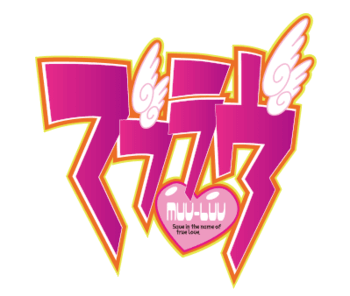The A-6 Intruder is a Tactical Surface Attacker, the first of what would be an offshot line from Tactical Surface Fighters that have been adapted to carry massive firepower in exchange for other aspects.
History[]
Developed for the US Marine Corps, the A-6 Intruder is unique amongst most machines of its time in that it lacks the customary Jump Units of other TSFs, instead being built to launch from a special carrier submarine while in an underwater cruising form , and change into a bipedal form once the pilot deems it necessary. While not particularly fast on land, it manages a respectable speed of slightly less than 20 knots underwater when in cruising mode.
The A-6 Intruder carries the heaviest armaments and armor of its time, being equipped with eight 36mm chainguns, two 120mm cannons, and six missile launcher ports on various parts of its frame in addition to an armored frame heavy enough to shrug off a direct hit from an Assault Cannon's 120mm smoothbore gun. This is essential to its role, as the A-6 is the primary means to establishing a beachhead during sea-to-land operations; their weapons are needed to counter the sheer numbers of the BETA, and without the advantage of mobility, the only protection the A-6 has is its extremely resilient armor. As a last-ditch measure, its hands have been designed as, and can be used as melee weapons, but aren't particularly effective against anything larger than Tank-class BETA.
The A-6's shoulder modules can also be swapped out for other variants that carry different equipment, including torpedo launchers, reconnaissance equipment suitable for underwater use, or a 120mm cannon module that can also carry missiles.
Deployment[]
From the start of its service life, the A-6 has fulfilled a niche but essential combat role that has seen it deployed worldwide; its heavy firepower allows it to take on numerically-superior enemy forces in its area of operations. Despite its age, the Intruder remains in use with the US Marine Corps stationed at Taiwan, as well with other nations like Japan and Britain, due to the stretch of sea area that separates these nations from the main continents of Europe and Central Asia respectively, both of which have been largely overrun by BETA. The US Marine Corps are the largest operators of the A-6, with their squadrons used to support operations ranging from establishing beachheads for herd-thinning forces to penetrate deeper into enemy territory, and to secure retreat lines for troops.
VMA-218 Landing Stingers of the US Marine Corps' 26th TSF Regiment is one such squadron; in April 2000 they participated in a herd-thinning operation in conjunction with VMF-536 Bloody Knightmare, other A-6 squadrons, and EF-2000 squadrons from the British Army in Wilhelmshaven, West Germany.
Type-81 Wadatsumi[]
A variant, the A-6J, is a Japanese-use Intruder for the Imperial Navy Marine Corps; its official designation is the TSA-Type-81 Wadatsumi (Japanese name: 81式 海神). Like its American counterpart, the A-6J can switch out its shoulder modules, usually used for carrying its 120mm cannons, for torpedo launchers or reconnaissance equipment suitable for underwater-use. Other abilities of the A-6J include having control over their tender submarine's weapons, allowing A-6Js to strike with greater precision and accuracy during tandem assaults on land targets.
The A-6J has been modified by the Imperial Navy with two more 36mm chaingun systems on each arm, bringing its total 36mm gun count to twelve. However, the increased weight, ammunition space, and other related systems have resulted in the A-6J having a shorter range than the normal A-6.
Notable deployments of the A-6J include the Battle of Sadogashima, where they were used by the Imperial Navy's 17th Squadron Stingrays to clear the shoreline for A-01 and Imperial Army forces to make a landing. The 17th Squadron would later be assigned to a UN-led assault force in 2003, where they played an instrumental role in Operation Sledgehammer during the assault against the Cheorwon Hive as part of an effort to retake Korea from the BETA.
In The Day After 02, several insurgent A-6Js hijacked and held the Seattle Food Plant against Wardog Squadron and the Imperial Army's 1st Tactical Armor Regiment's attempts to retake the location. Arranged in a defensive formation, additional sensors seeded in the area provided vastly-increased accuracy against the Type-94s attempting to take the location. Some were also equipped with guided missile launchers, launching attacks from the relative safety of underwater.
Image Gallery[]
| Tactical Surface Fighters | |||||||||||||||||||
|---|---|---|---|---|---|---|---|---|---|---|---|---|---|---|---|---|---|---|---|
| |||||||||||||||||||
| |||||||||||||||||||
| |||||||||||||||||||
| |||||||||||||||||||
| |||||||||||||||||||
| |||||||||||||||||||
| |||||||||||||||||||














